Monument Mountain
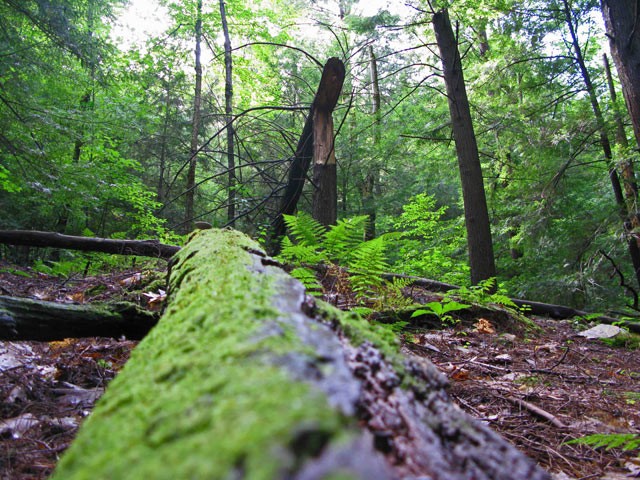
Because I had only planned to stay in the Berkshires for less than a day, my friend suggested we go on a hike up Monument Mountain. I agreed: New York City has a lot going for it, but mountains are not included. I was also happy to take my mind off of a reading I was scheduled to give that night as part of a local arts festival. My slot was between two bands, which when I accepted the invitation sounded great in theory but felt more problematic as I saw myself talking to a bunch of drunks about opera, German Romanticism and the challenges of being a non-heterosexual writer of literary fiction in the modern era. If I was going to be killed, I thought, at least I could first find a nice place to scatter my ashes.
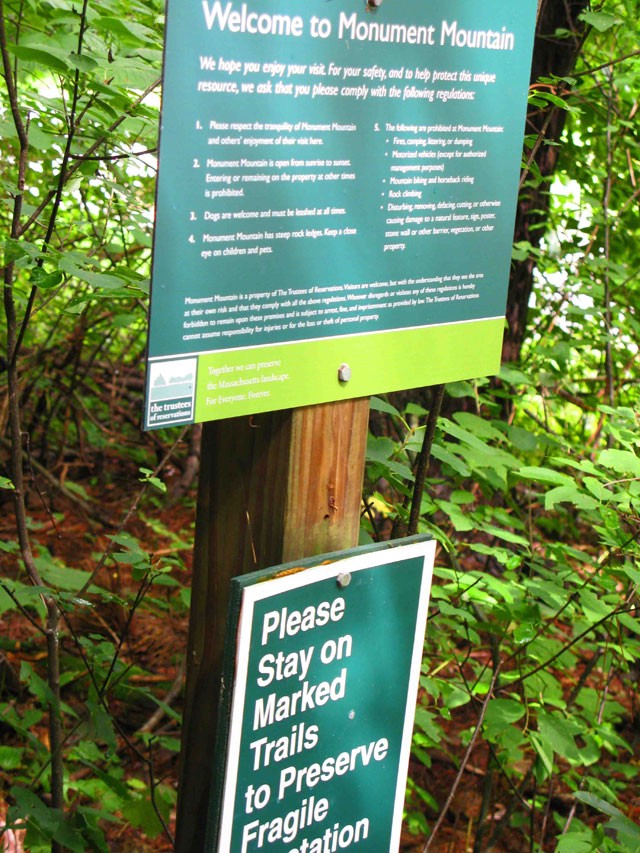
On the way to the mountain, we drove past some serious mansions in the town of Sturbridge, where there is “old money.” Not that the Berkshires, generally speaking, are exactly thriving, at least from an economic standpoint. Mansions and double-wide baby strollers notwithstanding, we were, according to my friend, in what could be considered “the Detroit of Western Massachusetts,” meaning that the middle or working class has been decimated by a loss of manufacturing jobs. “Oh, you mean it’s just like Manhattan,” I said, and we both laughed the resigned and rueful laughs of those too old to worry about the downward trajectory of western civilization, at least in any practical terms. Still, as we began our ascent, it seemed incredible that at one point in time a government agency had acquired the money (presumably through “taxes”) to carve out a path and steps through the woods, allowing any member of the public to make the hike and enjoy the view. Based on the evidence in front of me, we used to be very democratic!¹ If the New World were being discovered today, I reckoned the best spots would be sold off for condominiums with wraparound terraces and infinity pools. (Moreover, I would probably be first in line to buy one if I had the money.)
¹ I later learned that the preserve was given to a trust by a private landowner in 1899, along with an endowment, but whatever, you know what I’m saying. Just take a trip to your local state or national park, and you’ll see what I mean.
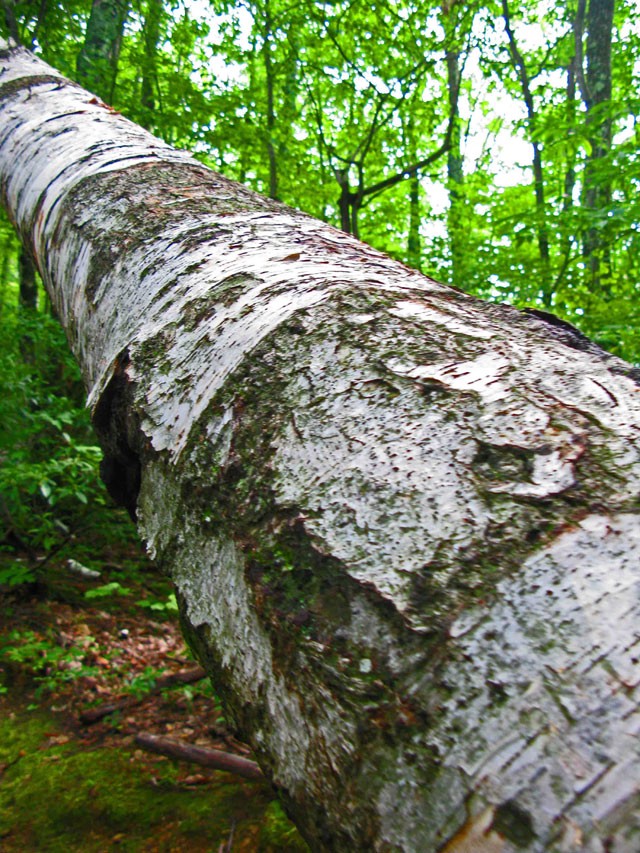
Rather than lose myself in the quagmire of socioeconomics, I focused on the moss-and-fern-and-white-birch aesthetic that made problems of any stripe seem very far away. We passed a group of students staring at a tin of what I had to believe were hallucinogenic brownies, and I felt sorry and not sorry that I wasn’t also tripping my ass off. We paused to let a little eft cross the path in front of us. (The eft being the land-based stage of the red-spotted newt, and also a denizen of crossword puzzles.) “He thinks he’s hiding from us,” my friend said, and I knew exactly how the eft felt.

As we soldiered ever higher, I asked my friend why this mountain was called “Monument Mountain.” He told me that “during William Cullen Bryant’s sojourn in Great Barrington (1815–1825), Bryant penned a lyrical poem that tells the story of a Mohican maiden whose forbidden love for her cousin led her to leap to her death from the mountain’s cliffs. In the poem, Mohicans created a rock cairn on the spot where she lay buried, giving the mountain its name — Mountain of the Monument.” In fact, as you probably guessed, my friend said no such thing and I learned this story from an ex post facto Google search.
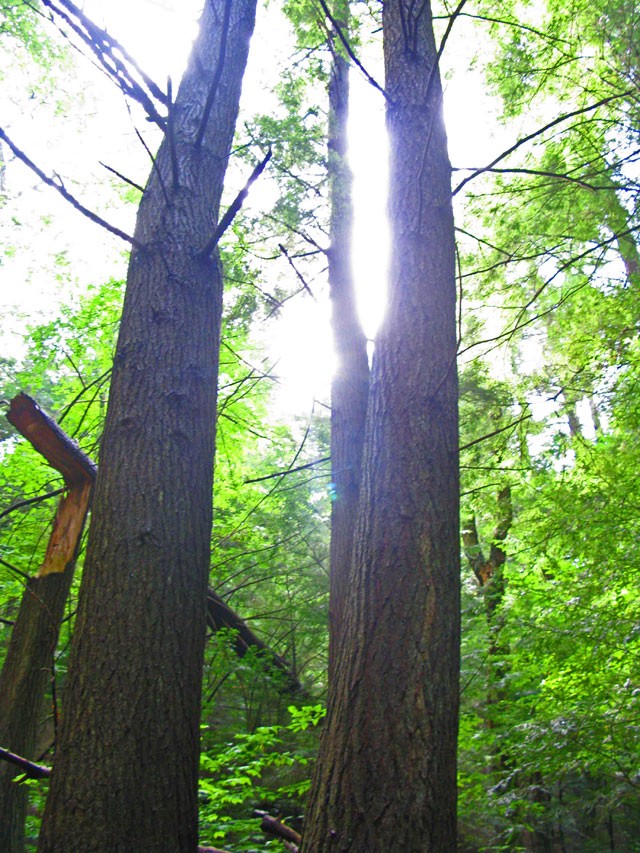
Another forbidden-love fact I learned from the website about Monument Mountain was that Herman Melville and Nathaniel Hawthorne had once hiked up here together. After being caught in a rainstorm they had found shelter in a cave, where they had engaged in a “vigorous discussion” that had inspired Melville to pen Moby-Dick.
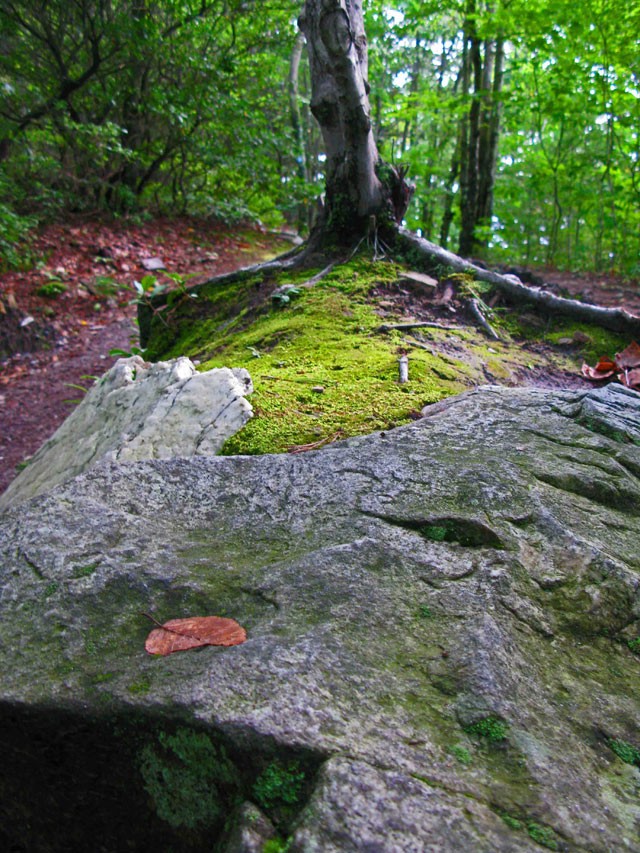
Eventually we reached the summit, where we were joined by what may have been an Eastern Kingbird.
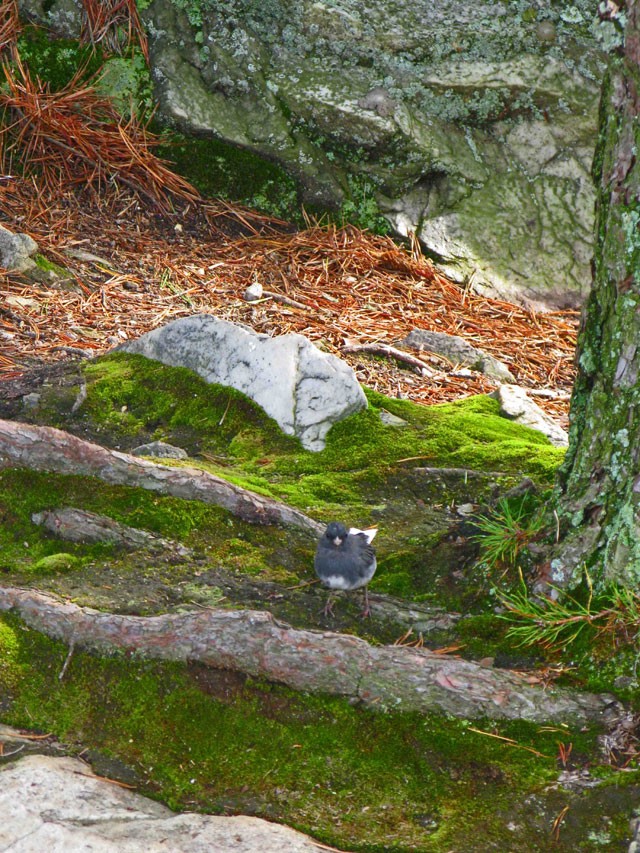
I admired the sculptural, wind-shaped boughs of the nearby pines. I looked over the vista in every direction. None of this forest was “old growth,” meaning that it had all been chopped down before it was allowed to regrow. It was a thought that was both sad and comforting as I watched the bird, now joined by its mate, scurry through the white rocks, looking for whatever it needed to stay alive.
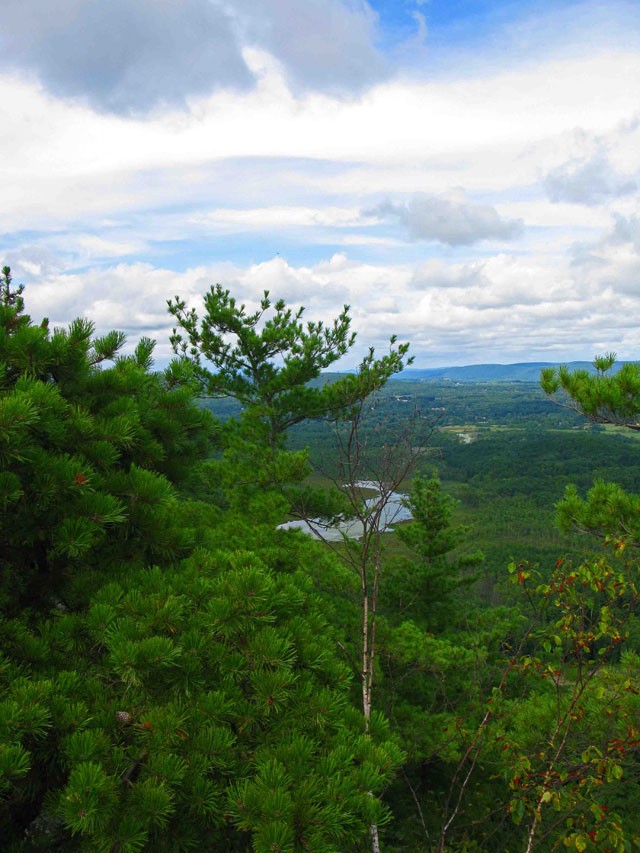
Matthew Gallaway lives in Washington Heights and is the author of The Metropolis Case.
